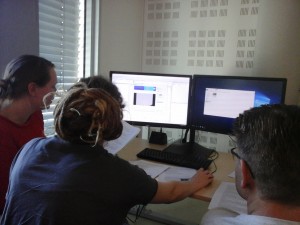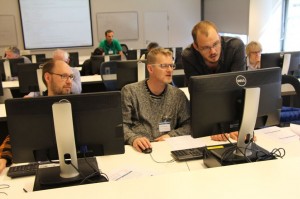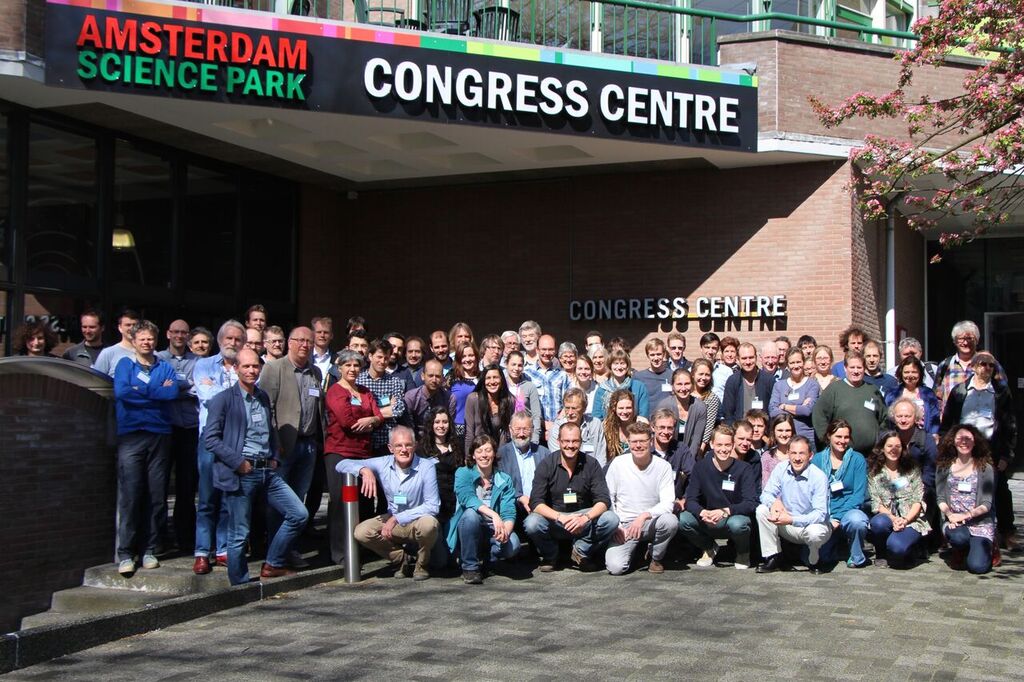Impression UvA-BiTS Symposium 2016
UvA-BiTS Symposium 2016
One day packed with interesting workshops for researchers from the UvA-BiTS community followed by a day of engaging talks about cutting-edge bird movement research. The UvA-BiTS Symposium 2016 attracted 90 participants from 8 countries to Amsterdam Science Park on April 20th and 21st, providing all the ingredients to make the 6th edition of this symposium a great success.
Fig1: Practice makes perfect. UvA-BiTS researchers sharpen their analytical skills in one of several workshops
The main objectives of the UvA-BiTS symposium are to promote knowledge exchange within our community and to provide practical skills in various aspects of bird tracking research for UvA-BiTS users. We therefore offered a range of hands-on workshops on the first day of the symposium. In the morning, about 20 participants learnt how to conduct space-use/homerange analyses in R with Emiel van Loon. Willem Bouten and Thomas Lameris offered an introduction to novel UvA-BiTS software for annotating behaviour in GPS and accelerometer data.
The morning flew by and after an enjoyable lunch in the sun we continued with another set of workshops. Wouter Vansteelant together with Ander Astudillo and Camilla Dreef, provided a hands-on introduction to the UvA-BiTS Virtual Lab, which was particularly valuable for starting users. Kees Camphuysen moderated a group discussion which lead to a concise overview of the potential negative effects of tagging birds and helped to identify knowledge gaps that could be addressed by the UvA-BiTS community. Willem B. and Thomas L. followed-up on their morning session, teaching users how to build a classification model for automated behavioural classification on the basis of a dataset with known/annotated behaviours.
We look forward to seeing our community put the knowledge they acquired during the workshops into practice, leading to innovative research and greater insight into the movement ecology of birds.
The fact that our tracking efforts are greatly expanding knowledge about birds was demonstrated very clearly on the second day of the symposium.
The program included 10 presentations, 8 short talks and 8 posters covering a wide variety of species groups including birds of prey, gulls,terns, waders and geese. Speakers also covered a wide range of important themes in ecology, looking at how birds adjust foraging and migration behaviour under changing environmental conditions, unravelling the development of individual migration routes and quantifying carry-over effects in the annual cycle of migrating birds.
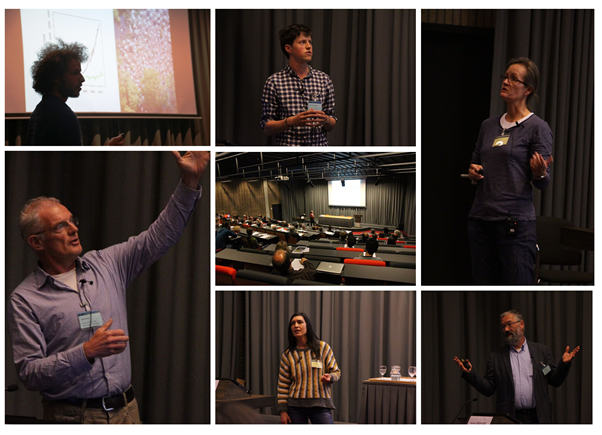
Fig3: Some of the speakers on day 2. From left to reight in the top row: Thomas Oudman about foraging strategies of male and female Spoonbills, Thomas Lameris on migratory stategies of Barnacle Geese and Jill Shephard looking at foraging patterns in Australian seabirds. Bottom row: Bruno Ens looking at effects of human disturbance on Oystercatchers, Laura Gangoso on seed dispersal by passerine migrants and Willem Bouten on intriguing dawn ascents by migratory Eleonora’s Falcons
It was especially exciting to see several speakers showcasing examples of cross-fertilization between bird tracking studies and other scientific disciplines: Laura Gangoso looking at the role of birds in dispersal of plant seeds, Shane Windsor talking about bird-inspired unmanned aerial vehicles and the poster of Jelle Treep who used bird tracking data to validate wind predictions of meteorological models.
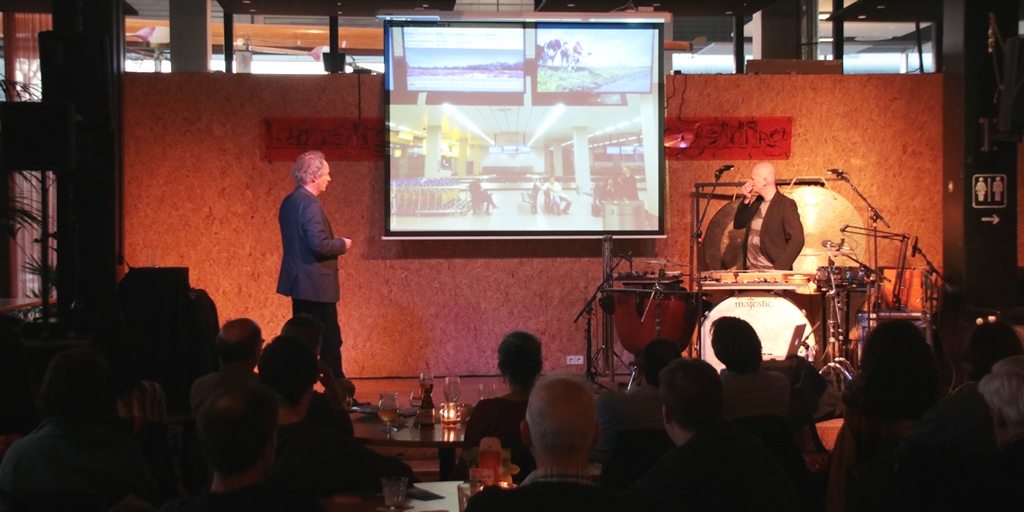
Fig5: After dinner, Theunis Piersma and Sytze Pruiksma inspired the audience with their musical interpretation of Black-tailed Godwit migration
In addition to the rich scientific program the day also offered plenty of opportunities to meet researchers during coffee breaks, lunch and dinner. The symposium finally came to an end with the awe-inspiring performance ‘King of the meadows’ by Theunis Piersma and Sytze Pruiksma. An extraordinary example of how to communicate contemporary science and conversation challenges through fine arts. After a long and sincere applause, followed by another drink, most of us made our goodbyes. A beautiful ending to a successful symposium.
We thank all participants for their enthusiasm and active participation. We already look forward to the next edition in 2018.
Willem Bouten, Inge Bouten, Judy Shamoun-Baranes, and Wouter Vansteelant
Photographs by Camilla Dreef
Text by Wouter Vansteelant



